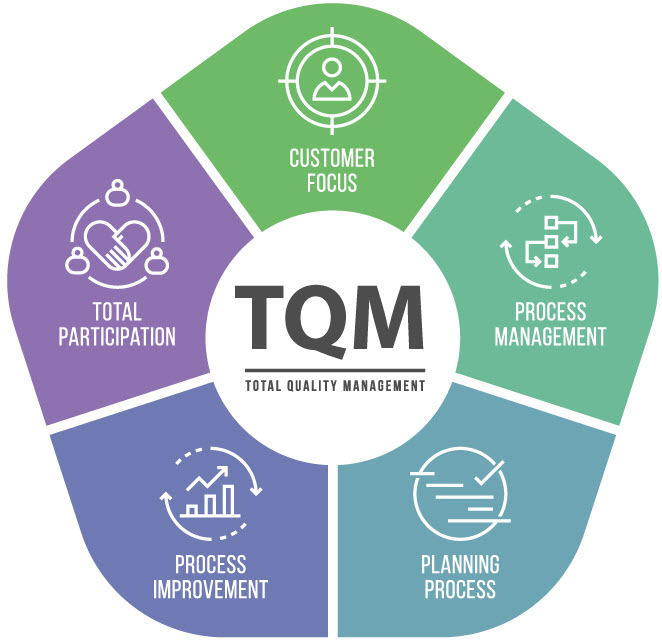
Total Quality Management (TQM) - Japanese-style management approach to quality improvement.
Last updated: October 21, 2025 Read in fullscreen view
- 02 Nov 2023
 Unlocking Success with The Amoeba Management Model: Key Lessons, Pros & Cons, and Finding the Perfect Fit 160/687
Unlocking Success with The Amoeba Management Model: Key Lessons, Pros & Cons, and Finding the Perfect Fit 160/687 - 10 Nov 2021
 5S methodology - the SECRET to Japanese SUCCESS 134/1726
5S methodology - the SECRET to Japanese SUCCESS 134/1726 - 09 Sep 2022
 Kaizen, Kaikaku and Kakushin – what’s the difference? 82/2897
Kaizen, Kaikaku and Kakushin – what’s the difference? 82/2897 - 24 Nov 2022
 Genba Genbutsu Genjitsu (3Gs), (Go to the Genba & see for yourself!) 69/2904
Genba Genbutsu Genjitsu (3Gs), (Go to the Genba & see for yourself!) 69/2904 - 01 Dec 2023
 What is Amoeba Management? 59/897
What is Amoeba Management? 59/897 - 01 Apr 2022
 Ishikawa (fishbone) diagram in software project management 37/3034
Ishikawa (fishbone) diagram in software project management 37/3034 - 10 Apr 2022
 Agile self-organizing teams: What are they? How do they work? 28/435
Agile self-organizing teams: What are they? How do they work? 28/435 - 18 Oct 2020
 How to use the "Knowns" and "Unknowns" technique to manage assumptions 21/989
How to use the "Knowns" and "Unknowns" technique to manage assumptions 21/989 - 21 May 2022
 "Fail Fast, Fail Often, Fail Forward" is the answer to Agile practices of software success 18/941
"Fail Fast, Fail Often, Fail Forward" is the answer to Agile practices of software success 18/941 - 17 Mar 2023
 Reduce waste in software development with 3M model: Muda, Mura, Muri 17/860
Reduce waste in software development with 3M model: Muda, Mura, Muri 17/860 - 04 Mar 2024
 Tree Ring Management: Take the Long Term View and Grow Your Business Slowly 15/374
Tree Ring Management: Take the Long Term View and Grow Your Business Slowly 15/374 - 27 Aug 2022
 Kaizen - Culture of Continuous Improvement and Lean Thinking 13/705
Kaizen - Culture of Continuous Improvement and Lean Thinking 13/705 - 01 Oct 2020
 Fail fast, learn faster with Agile methodology 13/973
Fail fast, learn faster with Agile methodology 13/973 - 02 Feb 2022
 Yokoten: Best Practice Sharing from a success 12/1284
Yokoten: Best Practice Sharing from a success 12/1284 - 13 Jul 2022
 Applying the business mantra "HORENSO" to Achieve 360-degree Communication 12/813
Applying the business mantra "HORENSO" to Achieve 360-degree Communication 12/813 - 09 Sep 2022
 What is 5 Whys (Five Whys)? 12/861
What is 5 Whys (Five Whys)? 12/861 - 03 Jan 2024
 What is the Ringi process? 12/876
What is the Ringi process? 12/876 - 12 Dec 2024
 Danshari: A Japanese Minimalist Philosophy for Cleaner Code and Leaner IT Operations 10/22
Danshari: A Japanese Minimalist Philosophy for Cleaner Code and Leaner IT Operations 10/22 - 01 Mar 2022
 The Toyota Way Management Principles 10/682
The Toyota Way Management Principles 10/682 - 21 Sep 2023
 Abraham Wald and the Missing Bullet Holes 9/598
Abraham Wald and the Missing Bullet Holes 9/598 - 29 Aug 2022
 Difference between Kaizen and Innovation 9/793
Difference between Kaizen and Innovation 9/793 - 15 Jul 2022
 Hansei Methodology: Continuously Engaging People in Improvement 8/646
Hansei Methodology: Continuously Engaging People in Improvement 8/646 - 10 Nov 2022
 Poor Code Indicators and How to Improve Your Code? 7/213
Poor Code Indicators and How to Improve Your Code? 7/213 - 19 Oct 2021
 Is gold plating good or bad in project management? 7/754
Is gold plating good or bad in project management? 7/754 - 06 Feb 2021
 Why fail fast and learn fast? 6/375
Why fail fast and learn fast? 6/375 - 10 Dec 2021
 What is a Kano Analysis? 6/810
What is a Kano Analysis? 6/810 - 01 Mar 2023
 Bug Prioritization - What are the 5 levels of priority? 6/207
Bug Prioritization - What are the 5 levels of priority? 6/207 - 19 Sep 2022
 Jidoka in Software Development and Odoo ERP/MRP 5/466
Jidoka in Software Development and Odoo ERP/MRP 5/466 - 20 Nov 2022
 Agile working method in software and football 5/323
Agile working method in software and football 5/323 - 06 Jun 2022
 HEIJUNKA: The art of leveling production 4/481
HEIJUNKA: The art of leveling production 4/481 - 14 Oct 2021
 Advantages and Disadvantages of Time and Material Contract (T&M) 4/789
Advantages and Disadvantages of Time and Material Contract (T&M) 4/789 - 08 Oct 2022
 KPI - The New Leadership 3/557
KPI - The New Leadership 3/557 - 31 Oct 2021
 Tips to Fail Fast With Outsourcing 3/375
Tips to Fail Fast With Outsourcing 3/375 - 18 Aug 2022
 What are the consequences of poor requirements with software development projects? 3/242
What are the consequences of poor requirements with software development projects? 3/242 - 03 Jul 2022
 Manifesto for Agile Software Development 2/240
Manifesto for Agile Software Development 2/240 - 26 Sep 2024
 Successful Project Management Techniques You Need to Look Out For 2/368
Successful Project Management Techniques You Need to Look Out For 2/368 - 07 Mar 2023
 Japan’s Unusual Farming Strategy: Renting Land and Leaving It Fallow for 5 Years — Here’s the Truth… 2/31
Japan’s Unusual Farming Strategy: Renting Land and Leaving It Fallow for 5 Years — Here’s the Truth… 2/31 - 07 Dec 2023
 The Myths Of Requirements 2/203
The Myths Of Requirements 2/203 - 10 Dec 2023
 Pain points of User Acceptance Testing (UAT) 2/416
Pain points of User Acceptance Testing (UAT) 2/416 - 28 Dec 2021
 8 types of pricing models in software development outsourcing 2/417
8 types of pricing models in software development outsourcing 2/417 - 01 Jan 2023
 How To Use Poka-Yoke (Mistake Proofing) Technique To Improve Software Quality 2/589
How To Use Poka-Yoke (Mistake Proofing) Technique To Improve Software Quality 2/589 - 23 Sep 2021
 INFOGRAPHIC: Top 9 Software Outsourcing Mistakes 2/411
INFOGRAPHIC: Top 9 Software Outsourcing Mistakes 2/411 - 13 Dec 2020
 Move fast, fail fast, fail-safe 2/292
Move fast, fail fast, fail-safe 2/292 - 12 Oct 2020
 The Agile Manifesto - Principle #8 2/447
The Agile Manifesto - Principle #8 2/447 - 07 Oct 2020
 How To Manage Expectations at Work (and Why It's Important) 2/266
How To Manage Expectations at Work (and Why It's Important) 2/266 - 17 Feb 2022
 Prioritizing Software Requirements with Kano Analysis 2/280
Prioritizing Software Requirements with Kano Analysis 2/280 - 19 Apr 2021
 7 Most Common Time-Wasters For Software Development 1/525
7 Most Common Time-Wasters For Software Development 1/525 - 26 Dec 2023
 Improving Meeting Effectiveness Through the Six Thinking Hats 1/205
Improving Meeting Effectiveness Through the Six Thinking Hats 1/205 - 05 Jan 2024
 Easy ASANA tips & tricks for you and your team 1/180
Easy ASANA tips & tricks for you and your team 1/180 - 11 Jan 2024
 What are the Benefits and Limitations of Augmented Intelligence? 1/434
What are the Benefits and Limitations of Augmented Intelligence? 1/434 - 14 Mar 2024
 Why should you opt for software localization from a professional agency? /117
Why should you opt for software localization from a professional agency? /117 - 12 Mar 2024
 How do you create FOMO in software prospects? /127
How do you create FOMO in software prospects? /127 - 09 Sep 2024
 How AI Rewriting Can Improve Your Content’s SEO Performance /140
How AI Rewriting Can Improve Your Content’s SEO Performance /140 - 12 Sep 2024
 Be Water, My Friend: Fluidity, Flow & Going With the Flow /149
Be Water, My Friend: Fluidity, Flow & Going With the Flow /149 - 01 Dec 2022
 Difference between Set-based development and Point-based development /298
Difference between Set-based development and Point-based development /298 - 12 Mar 2022
 The u-Japan concept /234
The u-Japan concept /234 - 28 Nov 2023
 Scrum Team Failure — Scrum Anti-Patterns Taxonomy (3) /228
Scrum Team Failure — Scrum Anti-Patterns Taxonomy (3) /228 - 01 Mar 2022
 Why Does Scrum Fail in Large Companies? /243
Why Does Scrum Fail in Large Companies? /243 - 27 Oct 2020
 8 principles of Agile Testing /1196
8 principles of Agile Testing /1196 - 21 Oct 2022
 Virtual meeting - How does TIGO save cost, reduce complexity and improve quality by remote communication? /166
Virtual meeting - How does TIGO save cost, reduce complexity and improve quality by remote communication? /166 - 06 Nov 2019
 How to Access Software Project Size? /236
How to Access Software Project Size? /236 - 10 Nov 2021
 Automated QA Outsourcing – Hire a Professional Software Testing Team /514
Automated QA Outsourcing – Hire a Professional Software Testing Team /514 - 09 Oct 2022
 Key Advantages and Disadvantages of Agile Methodology /666
Key Advantages and Disadvantages of Agile Methodology /666 - 10 Oct 2022
 Should Your Business Go Agile? (Infographic) /108
Should Your Business Go Agile? (Infographic) /108 - 02 Nov 2022
 Frequently Asked Questions about Agile and Scrum /372
Frequently Asked Questions about Agile and Scrum /372 - 16 Jul 2022
 What are disadvantages of Agile Methodology? How to mitigate the disadvantages ? /353
What are disadvantages of Agile Methodology? How to mitigate the disadvantages ? /353 - 02 Apr 2022
 Productivity vs. Efficiency – What Are the Differences? /196
Productivity vs. Efficiency – What Are the Differences? /196 - 01 Jun 2022
 How Your Agile Development Team is Just Like a Football Team? /206
How Your Agile Development Team is Just Like a Football Team? /206 - 01 Jun 2020
 Japan Business Review (JBR) /277
Japan Business Review (JBR) /277
The history of total quality management (TQM) began initially as a term coined by the Naval Air Systems Command to describe its Japanese-style management approach to quality improvement. An umbrella methodology for continually improving the quality of all processes, it draws on a knowledge of the principles and practices of:
- The behavioral sciences
- The analysis of quantitative and nonquantitative data
- Economics theories
- Process analysis
During the global recession of the late ’70s and early ’80s, the United States (and the rest of the world) faced stiff competition from Japan. The Japanese had captured the world automotive and electronics markets because they found a way to produce high-quality goods at lower prices. And as a result, corporations in the U.S. looked more closely at the quality of Japanese goods and services, trying to find ways to improve production and recapture market share.
Their solution was Total Quality Management.
If your organization has just decided to incorporate TQM, or if you want to see whether this process improvement methodology can help you improve production, this blog post will cover Total Quality Management principles and techniques you can start using now.
Total Quality Management (TQM) is a management approach focusing on the improvement of quality and performance in all functions, departments, and processes across the company to provide quality services which exceed customer expectations. TQM expands the scope of quality of every department from top management to lower level employees. It enables management to adopt a strategic approach to quality and put more effort on prevention rather than on inspection. Through TQM, all employees are trained in a professional manner and encouraged to make decisions on their own to improve the overall quality and attain higher standards. This is key to achieving the TQM results desired, because without your employees on board and feeling empowered, you might as well be swimming upstream.
Through TQM, companies increase customer satisfaction, reduce costs, and foster team work. Companies can also gain higher returns on sales and investment. The ability to provide quality services allow for higher prices to be charged. Total quality means better access to global markets, greater customer loyalty, wider recognition as a quality brand, etc.
TQM is broadly based on the following principles:
Customer Centric Approach
Consumers are the ultimate judge to determine whether products or services are of superior quality or not. No matter how many resources are pooled in training employees, upgrading machines and computers, incorporating quality design process and standards, bringing new technology, etc.; at the end of the day, it is the customers who have the final say in judging your company. Companies must remember to implement TQM across all fronts keeping in mind the customers.
Employee Involvement
Ensuring total employee involvement in achieving goals and business objectives will lead to employee empowerment and active participation from the employees in decision making and addressing quality related problems. Employee empowerment and involvement can be increased by making the workspace more open and devoid of fear.
Continual Improvement
A major component of TQM is continual improvement. Continual improvement will lead to improved and higher quality processes. Continual improvement will ensure companies will find new ways and techniques in producing better quality products, production, be more competitive, as well as exceed customer expectations.
Strategic Approach to Improvement
Businesses must adopt a strategic approach towards quality improvement to achieve their goals, vision, and mission. A strategic plan is very necessary to ensure quality becomes the core aspect of all business processes.
Integrated System
Businesses comprise of various departments with different functionality purposes. These functionalities are interconnected with various horizontal processes TQM focuses on. Everyone in the company should have a thorough understanding of the quality policies, standards, objectives, and important processes. It is very important to promote a quality work culture as it helps to achieve excellence and surpass customer expectations. An integrated system ensures continual improvement and helps companies achieve a competitive edge.
Decision Making
Data from the performance measurement of processes indicates the current health of the company. For efficient TQM, companies must collect and analyze data to improve quality, decision making accuracy, and forecasts. The decision making must be statistically and situational based in order to avoid any room for emotional based decisions.
Communications
Communication plays a crucial role in TQM as it helps to motivate employees and improve their morale during routine daily operations. Employees need to be involved as much as possible in the day to day operations and decision making process to really give them a sense of empowerment. This creates the environment of success and unity and helps drive the results the TQM process can achieve.
It requires immense efforts, time, courage, and patience to successfully implement TQM. Businesses successfully implementing TQM can witness improved quality across all major processes and departments, higher customer retention, higher revenue due to improved sales, and global brand recognition.






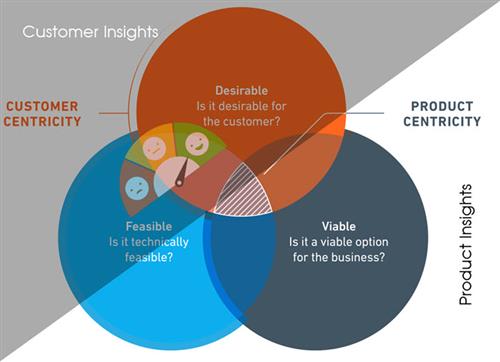
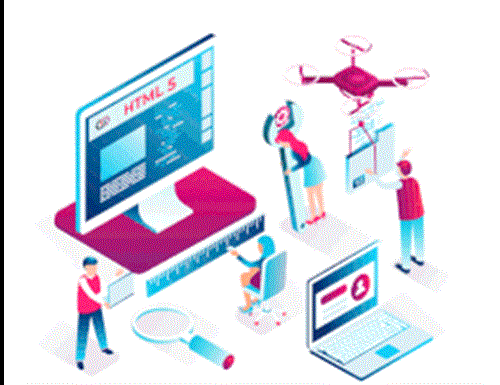
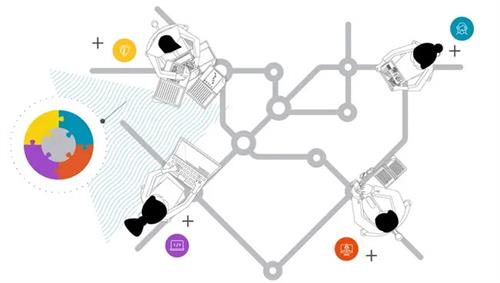

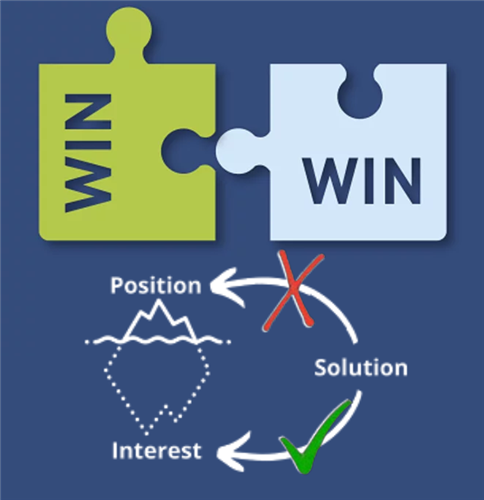




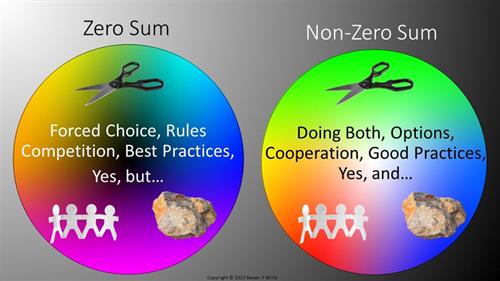


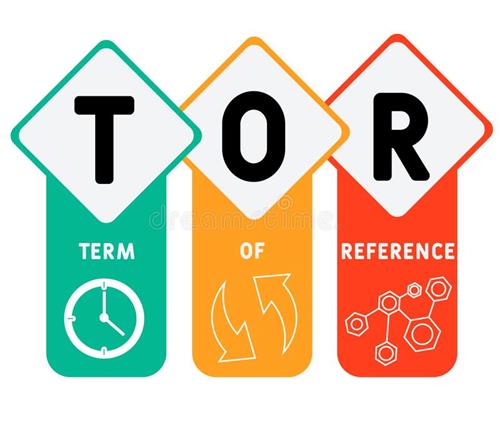




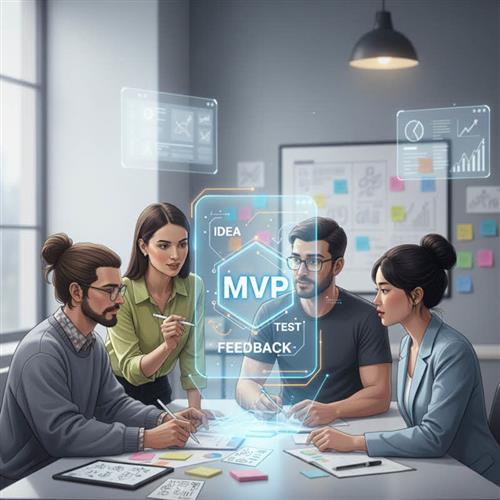

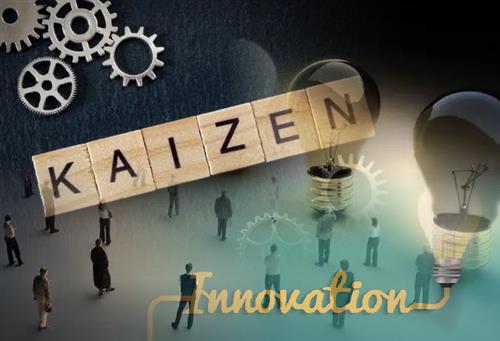









 Link copied!
Link copied!